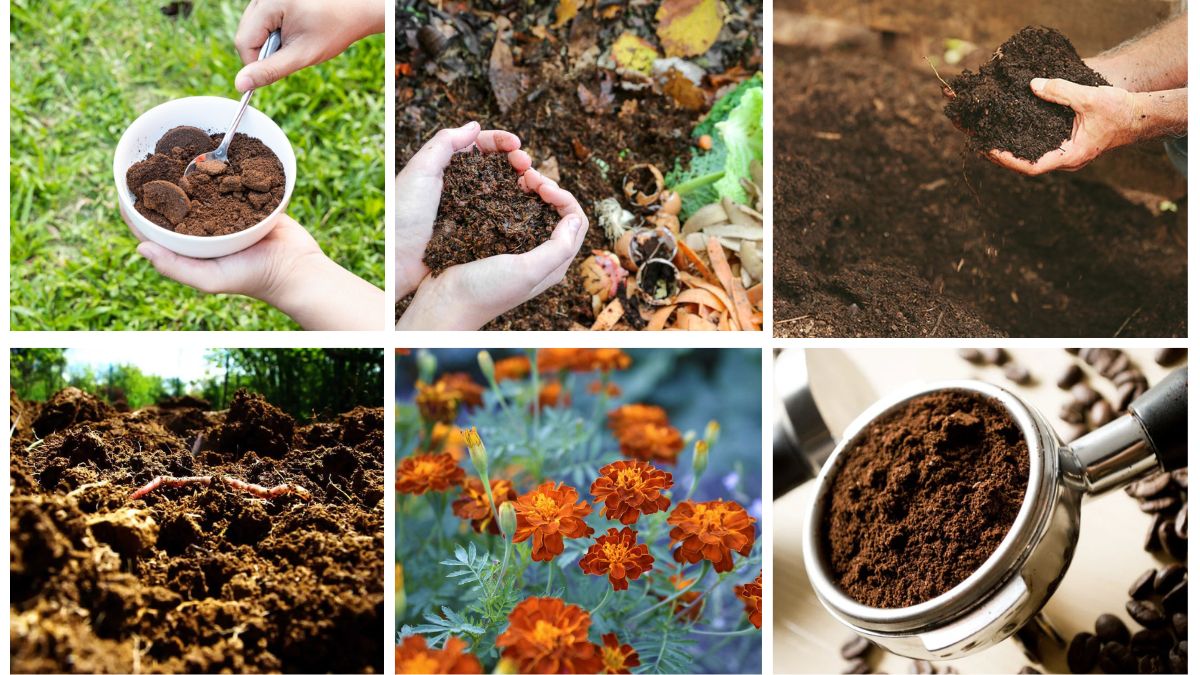Coffee grounds aren’t just morning fuel—they’re one of the gardening world’s best-kept secrets. Rich in nitrogen and filled with beneficial organic matter, used coffee grounds can do wonders for your garden when applied correctly. From boosting compost to deterring pests, these natural byproducts provide eco-friendly and cost-effective solutions for plant care. Here are 10 clever ways to use coffee grounds in your garden and give your plants the boost they deserve.
1. Enrich Compost with Coffee Grounds
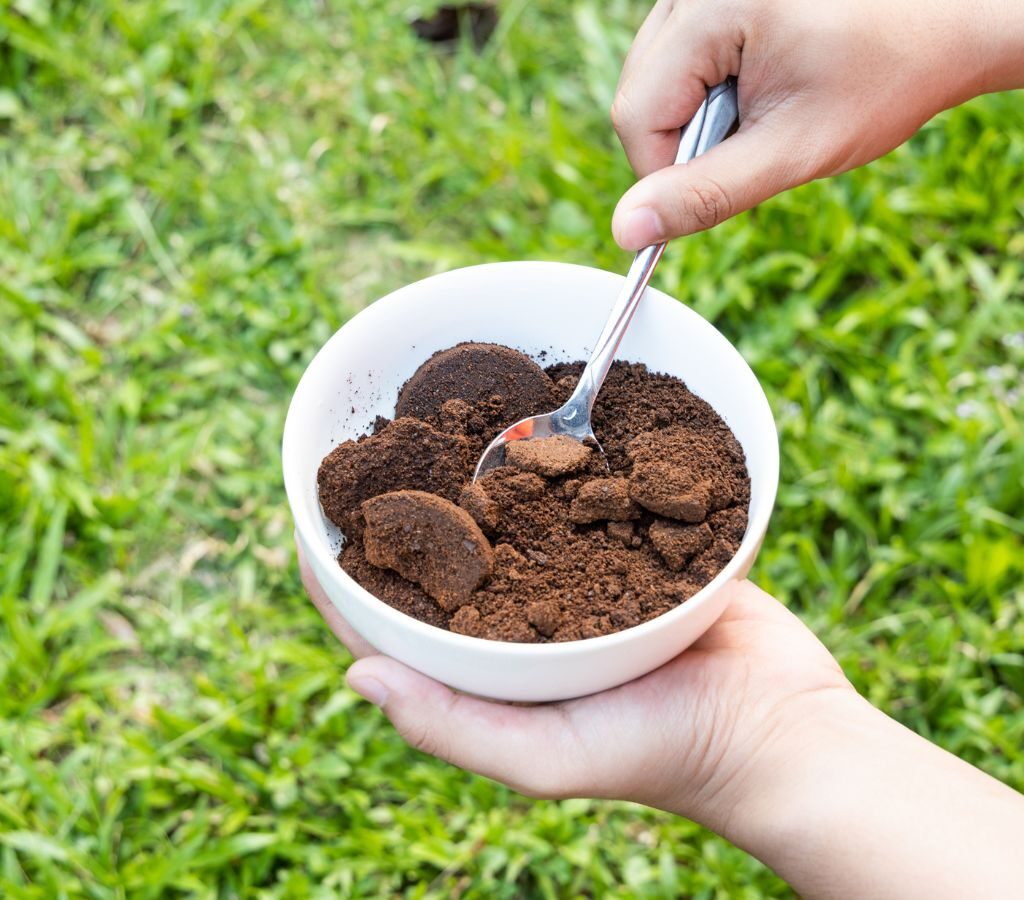
Coffee grounds are an excellent “green” component for compost piles due to their high nitrogen content. Mixing them into your compost adds valuable nutrients and helps speed up decomposition. Make sure to balance them with plenty of “brown” materials like dried leaves, straw, or shredded newspaper. The result is a nutrient-rich compost that improves soil texture, fertility, and microbial activity—giving your plants the healthy environment they need to thrive.
2. Use as a Natural Fertilizer
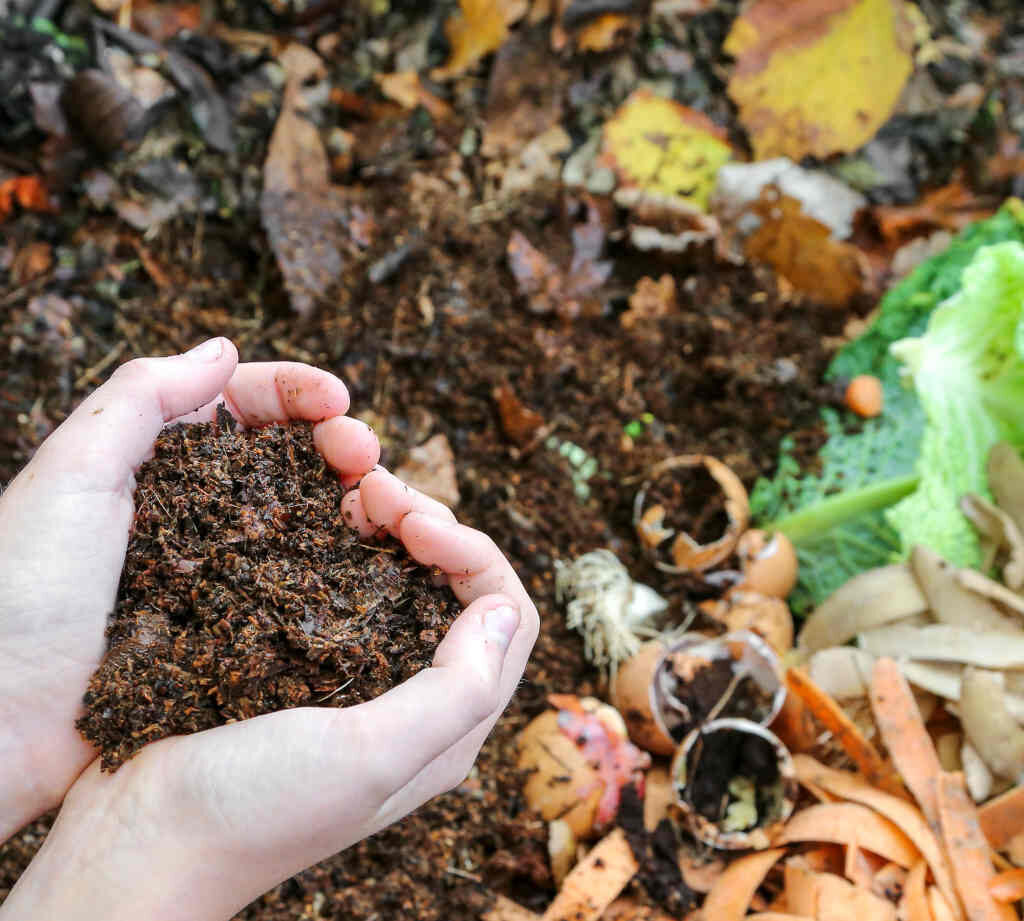
Used coffee grounds can be applied directly to the soil as a slow-release fertilizer. They contain small amounts of nitrogen, potassium, magnesium, and other trace minerals that support plant health. Simply sprinkle a thin layer around the base of your plants and gently mix it into the topsoil. Over time, the grounds break down and enrich the soil, promoting better root growth and greener foliage without synthetic chemicals.
3. Improve Soil Structure and Drainage
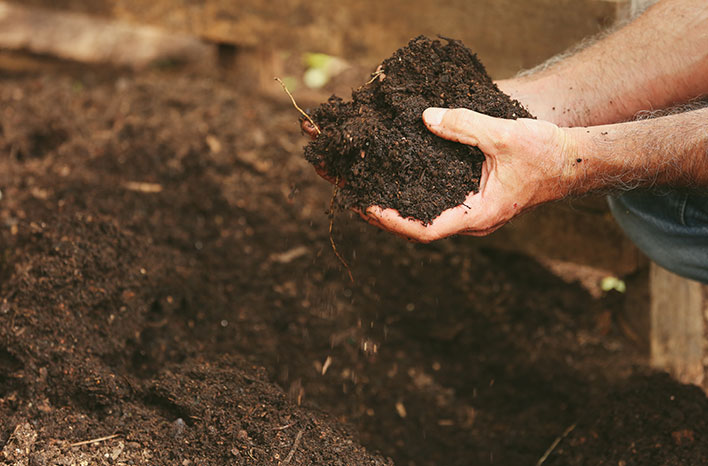
Adding coffee grounds to your garden beds or potting soil can improve aeration and drainage. The grounds help break up heavy clay soils and increase the organic matter content, making the soil more crumbly and easy for roots to penetrate. This is especially beneficial for raised beds or compacted areas. Always mix the grounds well with other materials to avoid forming a dense, water-repellent layer.
4. Attract Earthworms for Better Soil Health
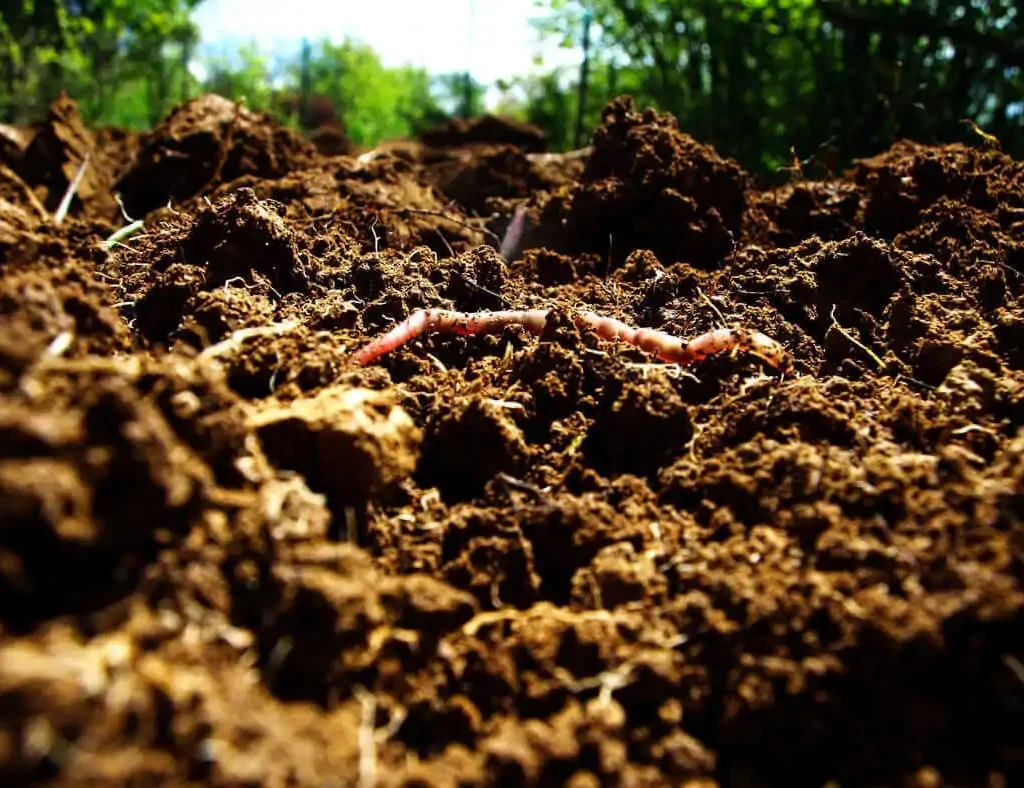
Earthworms love coffee grounds! These beneficial creatures feed on organic matter and help aerate the soil, improving drainage and nutrient availability. When you mix coffee grounds into your soil or compost pile, you attract more earthworms to the area. As they move through the soil, they leave behind nutrient-rich castings and help keep the ground loose and fertile—naturally enhancing plant growth.
5. Repel Common Garden Pests
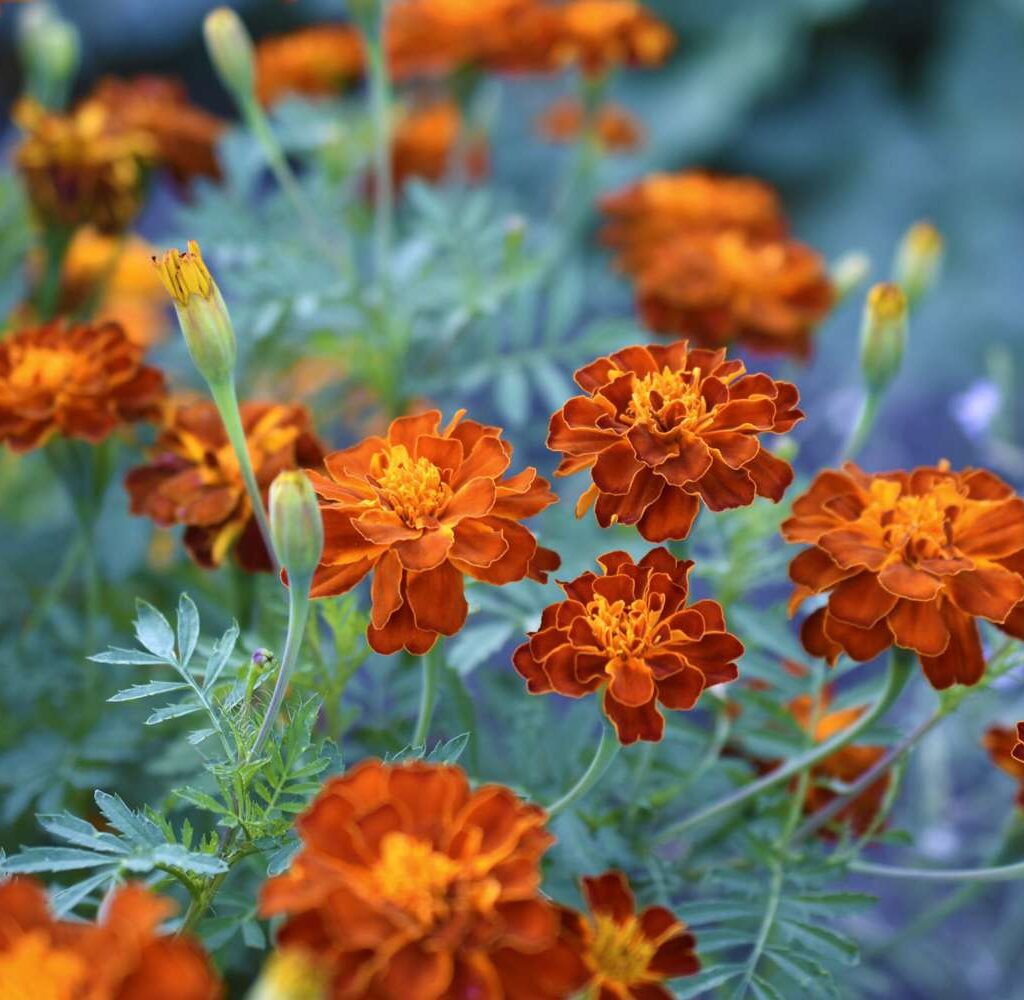
Sprinkling coffee grounds around your plants can act as a natural pest repellent. Slugs, snails, and even ants dislike the texture and acidity of the grounds, helping protect your tender seedlings and leafy greens. While not a guaranteed pest control method, using coffee grounds as a deterrent can reduce damage from crawling insects without resorting to harmful chemicals or traps.
6. Suppress Fungal Diseases
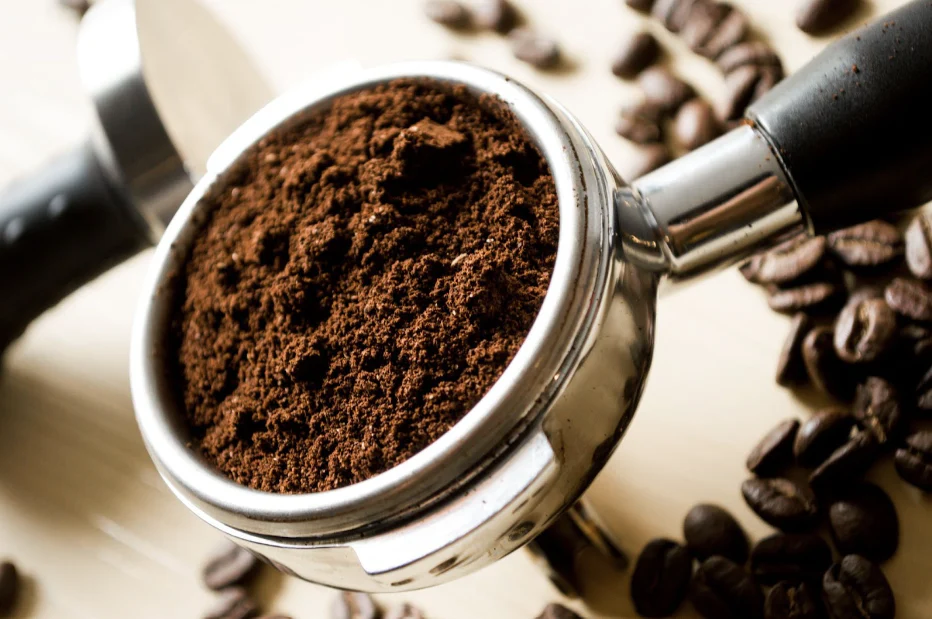
Coffee grounds contain natural antifungal properties that may help suppress soil-borne diseases. While more research is needed, some gardeners have found that mixing grounds into the soil or using them as mulch can reduce the occurrence of fungal infections like Fusarium and certain molds. This added disease resistance, combined with improved soil health, contributes to a more resilient garden overall.
Final Thoughts
Coffee grounds are a versatile, sustainable addition to any gardener’s toolkit. With these 10 tips, you can reduce waste, improve soil health, and support plant growth—all while saving money and skipping harsh chemicals. So, the next time you brew your morning cup, don’t toss the grounds—recycle them into your garden for a lush, thriving space powered by nature’s own brew!
